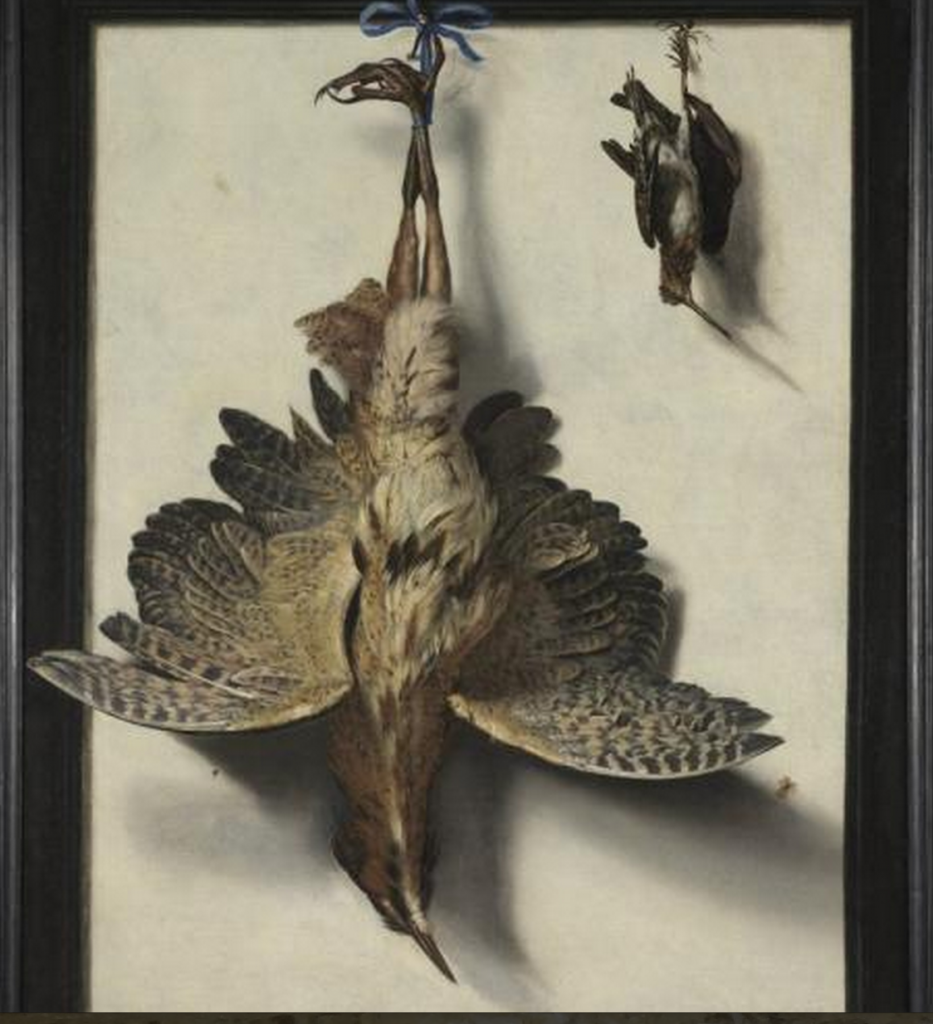One hundred eighty-five years ago, the recently widowered Charles Waterton set off for the continent, in search of warmer climes in the south of Italy.
On the way, accompanied by his sisters-in-law and his tiny son, Waterton stopped in the “fine old city” of Bruges, where he had married his late wife in the convent school where she had been educated.
Waterton, the premier taxidermist of his day, naturally spent much of his time in the natural history collections — most of them, he reports, old-fashioned and full of horribly prepared, misshapen specimens — but he also devoted himself to the artistic treasures of that loveliest of medieval cities.
He singled out for praise one of the convent’s paintings,
a picture of a boy laughing at his own performance on the fiddle. So true is this to nature, that you can never keep your eyes from gazing on it when you are sitting there.
Waterton liked the painting so much, in fact, that he light-heartedly fantasized about stealing it, “were thieving innocent, and the act injurious to none.”
His other favorite in Bruges was a still life by Frans Cuyck van Myerop, featuring “a dead bittern suspended by the leg.”
Beautiful indeed, and a fitting reminder of transitoriness today, on this 150th anniversary of Waterton’s death.



